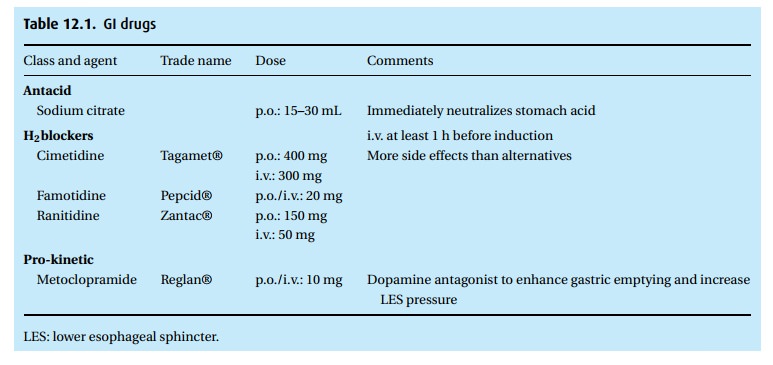Chapter: Essential Anesthesia From Science to Practice : Applied physiology and pharmacology : A brief pharmacology related to anesthesia
Theories of anesthesia
Theories of anesthesia
Please
note that we are speaking of theories (in the plural!). This simply reflects
the fact that a single theory could not possibly explain the phenomenon of
induced coma: there are simply too many different substances that can render a
person reversibly unconscious. In some instances, we can imagine a mecha-nism,
for example, lack of oxygen will stop the functioning of cells dependent on
oxygen. But then think of a knock on the head, very high or low blood sugar,
alcohol, sleeping pills, noble gases (xenon), inorganic gases (nitrous oxide),
ace-tone, organic solvents such as chloroform, carbon tetrachloride, trichlorethy-lene,
ethylene, diethyl ether, and a slew of halogenated compounds, not to mention
narcotics, benzodiazepines, barbiturates, steroids, phenols, etc. To complicate
matters, one fluorinated hydrocarbon, hexafluorodiethyl ether, is a convulsant
(in the past used instead of electroconvulsant therapy in the treatment of
depression) while several of its close relatives (isoflurane, enflu-rane,
desflurane, sevoflurane) are in common use as anesthetics. Isoflurane and
enflurane are isomers, both being di-fluromethyl-triflurochloroethyl-ether (see
formulae below) but, despite their close relationship, only enflurane can
some-times elicit minor convulsive motions. The same yin–yang kinship exists
among barbiturates, which can be turned into convulsants with a chemist’s
sleight of hand.
Investigators
of the mechanism by which drugs produce reversible coma have focused on the
cell membrane where lipids and proteins can be affected by sub-stances that
alter the wonderful order of these complex structures. Some theorists stress
the lipid solubility (think grease stain removers) of anesthetics, others their
ability to insinuate themselves in the intricate ways proteins coil up and trap
Some anesthetics may work by changing the membrane, expanding it, altering its
fluidity, and by one or the other or a combination of effects chan-ging cell
membrane function and responses to transmitter substances. Many of the organic
intravenous drugs, such as propofol, barbiturates, and the benzodia-zepines
appear to increase the inhibitory action of GABA receptors, while opiates have
their Greek alphabet of receptors (see below). From all of this, it must be
apparent that we really do not understand all that much about reversibly
induced coma or indeed about consciousness itself.

Related Topics